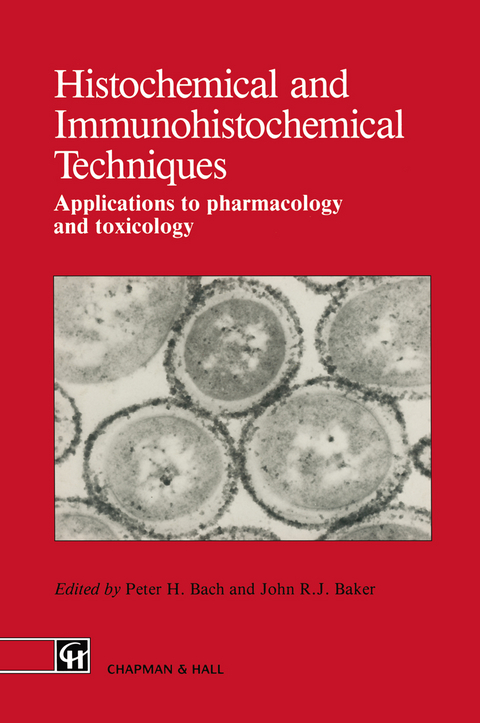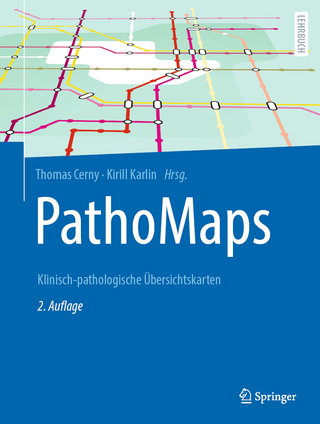
Histochemical and Immunohistochemical Techniques
Springer (Verlag)
978-94-010-5370-9 (ISBN)
1 Why use histochemistry for a better understanding of pharmacology and toxicology?.- 2 Whole-body autoradiography of pharmaceuticals and chemicals.- 3 Image analysis, fluorescence and laser microscopy.- 4 The measurement of free calcium to assess cellular function and injury using digital imaging fluorescence microscopy.- 5 Flow cytometry to characterize normal and abnormal cell function.- 6 Quantitative histochemical and cytochemical assays.- 7 Fixation of tissue for histochemistry.- 8 Immunochemical methods to assess cellular malfunction.- 9 Cell markers and processes related to chemically induced carcinogenesis.- 10 The mechanistic basis of chemical- and drug-induced nephrotoxicity.- 11 Pollutant-induced toxicity in the marine environment.
Histochemical and immunohistochemical techniques is a vital source of practical information for academic and industrial workers. . - Biomedicine and Pharmacology
| Zusatzinfo | XII, 289 p. |
|---|---|
| Verlagsort | Dordrecht |
| Sprache | englisch |
| Maße | 152 x 229 mm |
| Themenwelt | Medizin / Pharmazie ► Medizinische Fachgebiete |
| Studium ► 2. Studienabschnitt (Klinik) ► Pathologie | |
| ISBN-10 | 94-010-5370-7 / 9401053707 |
| ISBN-13 | 978-94-010-5370-9 / 9789401053709 |
| Zustand | Neuware |
| Haben Sie eine Frage zum Produkt? |
aus dem Bereich


